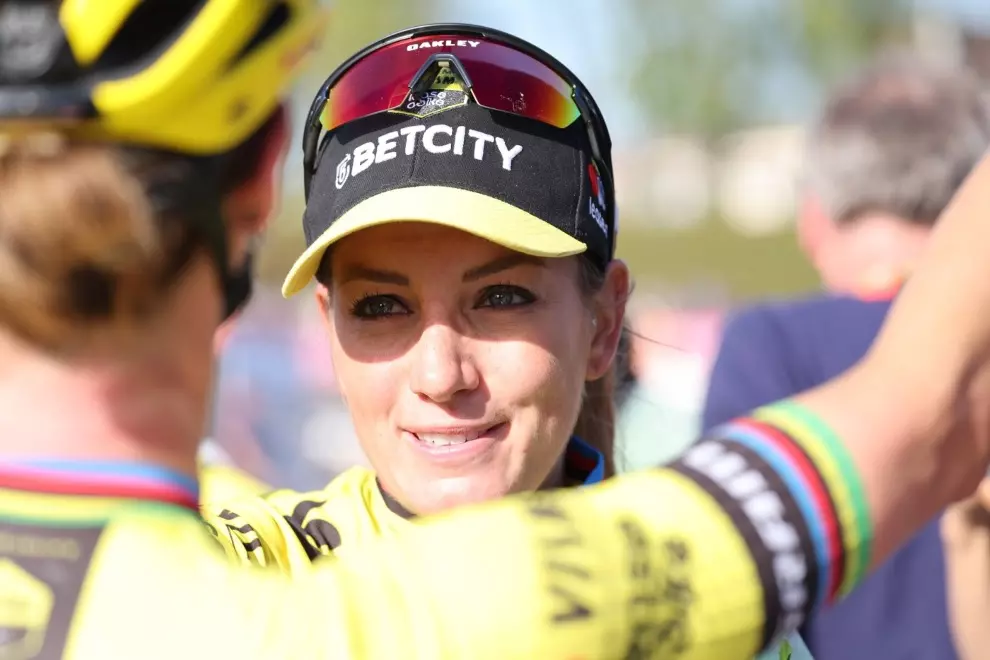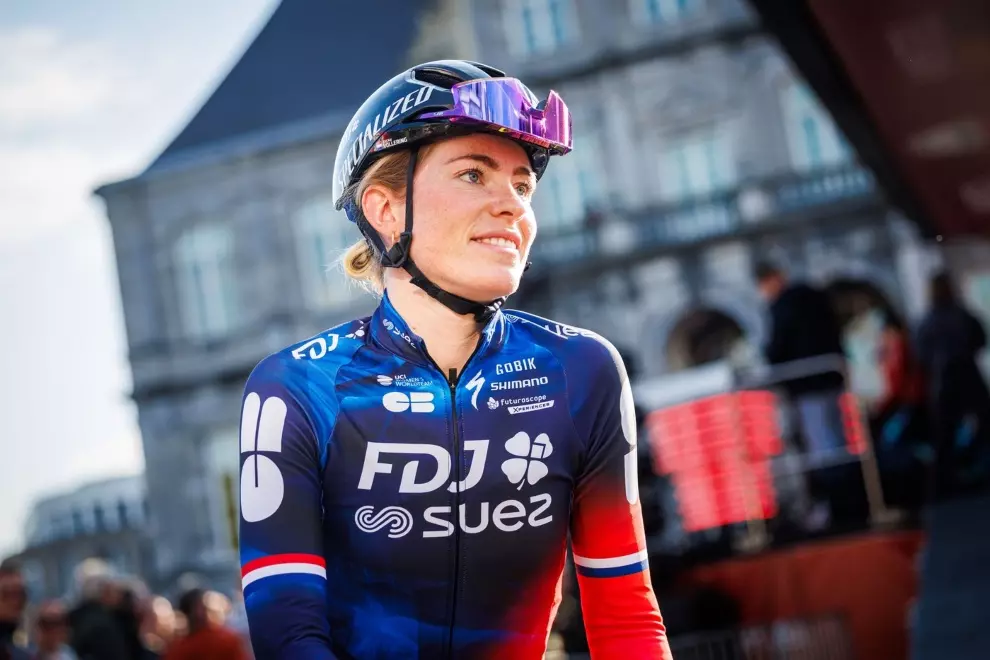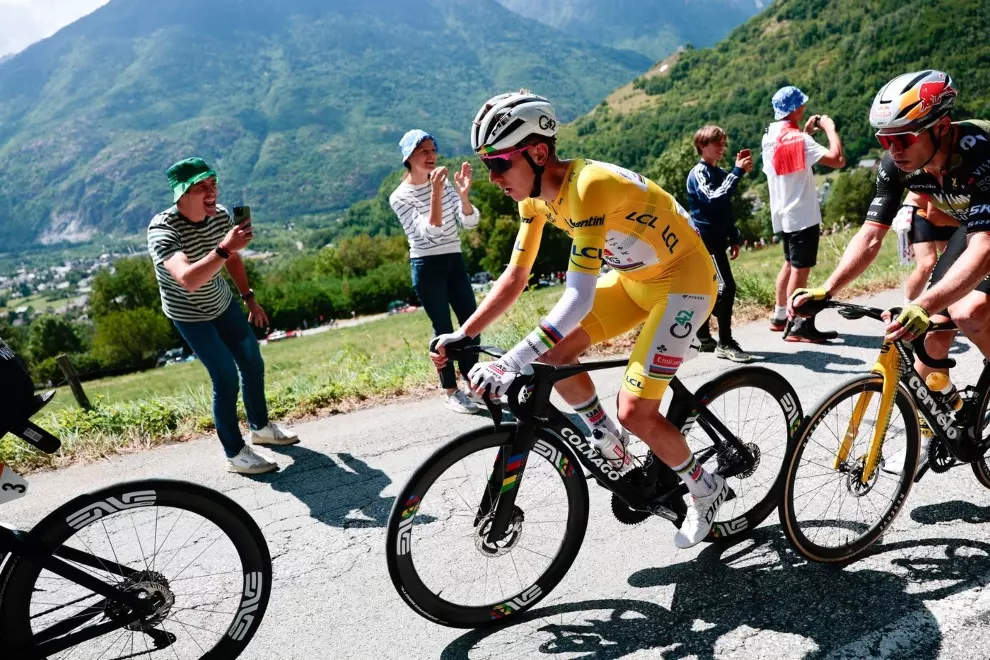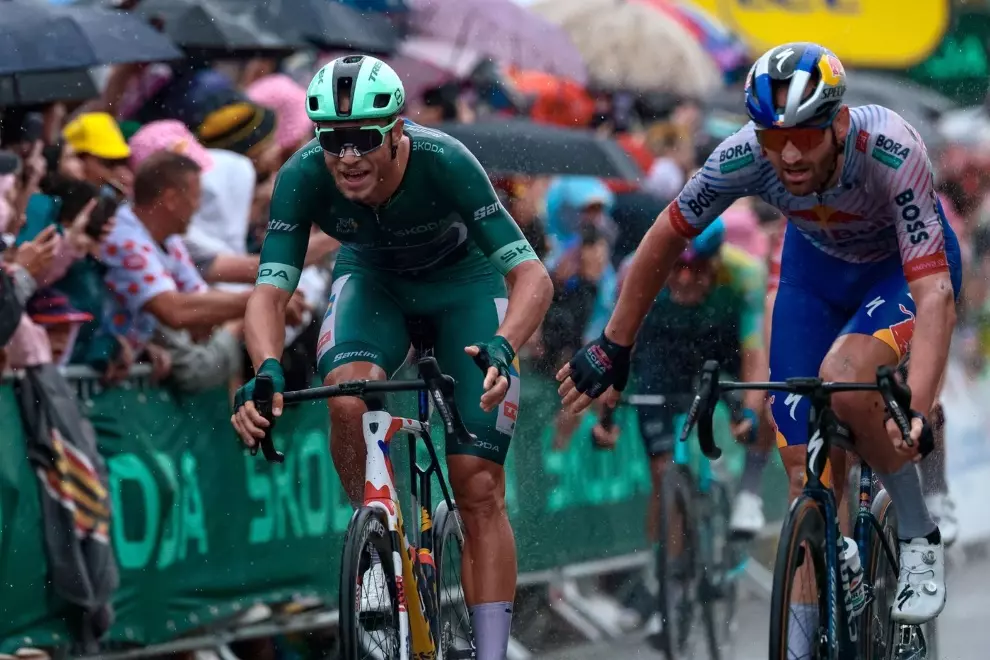In 2013, I took the rather sizeable decision to leave the Police Service after twelve years, a time during which I was still actively racing on the British scene. On a number of occasions during this time, I’d been interviewed for TV for my views from a team manager’s perspective and the feedback I received from those interviews had been positive. To the point that I was asked to be a pundit on the televised city centre criterium ‘Tour Series’ races as well as the Tour of Britain. I enjoyed the role so much that I wanted to explore the possibility of commentating too, so I simply sent an e-mail with an accompanying CV to Eurosport.
To my delight, albeit a few months after my initial e-mail, I was offered a co-commentary (or ‘colour’ or ‘expert’) role on Eurosport’s coverage of the Arctic Race of Norway alongside Carlton Kirby. I remember being very nervous but Carlton really put me at ease and, importantly, told me to relax and be myself, a very simple thing to say on the surface, you might think, but enormously important. Anyway, it all went very well, I thoroughly enjoyed myself and I received encouraging feedback in the form of the offer of more work. This came at the same time as the opportunity to work freelance a couple of days a week in the early days of Global Cycling Network, this combination of events culminating in my resignation from the police to pursue a brand new career path at the age of 43.
Into 2014 and I was doing roughly 60 days of commentary a year, augmented by my YouTube presenting with GCN. I was working within the sport I love, telling the stories I thought people wanted to hear, whilst trying to convey the complex beauty of a sport that was in a constant state of flux to those with both a deep knowledge of cycling and those who were just starting out. That was the balance that I still constantly strive for: making my commentary as inclusive and accessible as possible.
After around a year or so of doing the co-commentator role (essentially providing expert analysis rather than telling the overarching story and ‘presenting’ play by play) I was asked if I’d like to try my hand at being the lead commentator. I must admit this came as a very pleasant surprise and my first opportunity was the Tour of California. The lead role is remarkably different to that of co-commentator, you still have to do your research and preparation on the riders and the course, and be aware of the state of the scene in the lead into the race but in addition, there’s a requirement to do a deeper dive on the culture, geography, landscape and history of a race and the location its held or passes through, to add a richer context. The lead commentator will also open and close the program, call the final metres as the race reaches its exciting climax and also lead into and exit commercial breaks.
Essentially, the lead will hold the programme together, describe what is going on in the race as they see it, add cultural texture when required and appropriate without detracting from what is going on, tell the story of the race in (hopefully) an engaging and entertaining way and, importantly, shine a light on the whys and wherefores of what’s going on by asking questions of the co-commentator, in an effort to try and explain what is going on. Like a bike race, it’s a team effort. Two skill sets being utilised as effectively as possible. For me, starting to do both roles was remarkably rewarding, I just had to try and avoid the pitfalls of not falling into one role whilst doing the other.
So, that’s how I got into doing this brilliant job and what it entails. Now, let me give you an insight into what I do on a race day, either on-site at the race itself or from a studio, or even at home.
Generally speaking, we arrive at the studio or outside broadcast truck around two hours before we are due to go on air. This preparation time allows us to print off the items we’ll need to refer to during the race, like the course profile, maps and start sheets. I attach these paper copies into an A4 folder and will make any other notes I think that are relevant, like weather conditions, wind direction and any other newsworthy information from teams or riders. I’ll then use a highlighter pen to highlight any riders of particular interest, or ‘riders’ to watch.
Who I pick will depend on the course profile. If it’s a day for the sprinters, for example, I’ll highlight the key fast men in green. If it’s a rolling course suitable for the ‘puncheurs’, I’ll highlight them in pink, then if it’s a stage race, I’ll highlight my favourites in yellow. Once the race has got underway and the inevitable break goes clear, I’ll highlight the break with orange. It’s quite an ‘analogue’ way of doing things but it works for me! I’ll also keep these pages in the folder intact for later reference. In fact, I still have all of my commentary books dating back to 2014! Many of you will have seen these books when I filmed my preparation for We Love Cycling.
As well as my notebook, I’ll have a laptop open connected to the internet, with additional race information close to hand, as well as a weather app, route map and live race tracker running in the background.
During this prep time, generally over a nice coffee, I’ll chat with my lead or co-commentator about the race ahead and discuss any riders that could shine who we haven’t previously thought of. We’ll also share any relevant, up-to-date information about teams, riders and the route that we’ve gathered from news sites and social media. Being bang up to date with all the race scene news is vital, it’s a key part of the job, so in reality, we’re always preparing for the next race by watching other races we aren’t commentating on and regularly scanning for news. Luckily for me, I’m a massive fan of the sport, so doing this is no problem at all as I’m always keenly interested in what’s going on. Yes, in my ‘spare’ time, I watch bike racing!
The final preparation before going on air comes in the form of a sound check to ensure we are connected and our voice levels are clear as well as being able to hear each other and ensuring we have clear visual images on our monitors. Once this is all completed and any last-minute adjustments are done, we’re ready to go on air.
Broadcasts last from around an hour to six or seven hours, depending on the race. Increasingly, due to demand from sponsors and broadcasters and the new appetite for bike racing, we are doing ‘flag to line’ commentary. Put simply, the entire race! Often including a lead-in, the neutral zone and the podium presentation at the end. In last year’s Giro, we worked out that we’d talked, non-stop, for around 110 hours in three weeks!
This year, I’ll be doing a mix of home and studio commentary as well as going on-site, primarily in Italy. My first trip away will be to Strade Bianche, then onto Tirreno Adriatico, Milano-San Remo, Giro Sicilia, and then the Giro d’Italia (my favourite race). In between these events, I’ll also be commentating for Eurosport/GCN on a variety of races, my first being the French season opener Etoile des Besseges at the end of January.
I cannot wait to get started!




